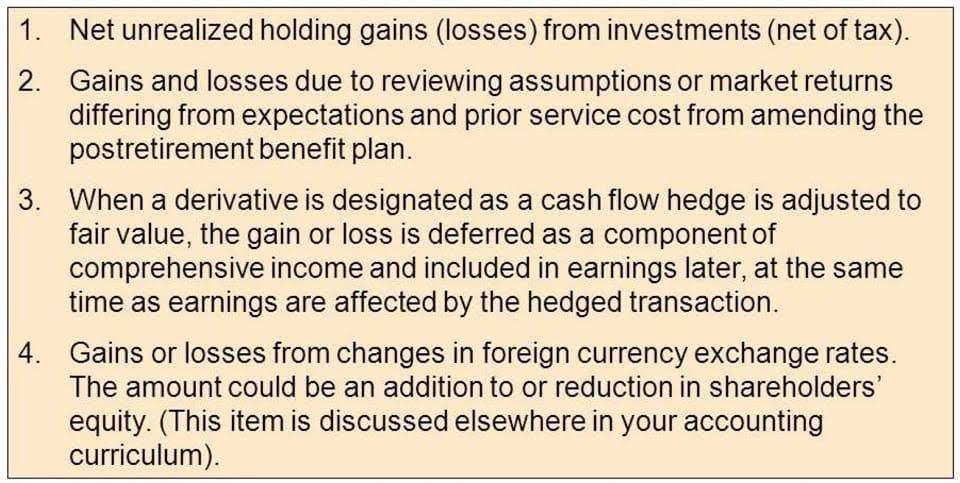
This estimate is based on wage and premiums data from the Bureau of Labor and Statistics. In general, workers’ compensation insurance premiums are based on the risk of experiencing claims costs combined with the value of what is being insured. Once you have the estimated annual payroll for the employee, divide that number by 100. You then multiply that number by the premium rate for the class code to find the total cost of workers’ compensation insurance for that employee.

The most costly workers’ compensation claims were motor vehicle crashes, burns, and falls. Workplace safety and reducing the frequency and severity of claims are key factors in reducing your workers’ comp premiums. Your experience modification factor represents your company’s history of workers’ compensation claims.
Workers’ comp costs: Frequently asked questions
We applied this index to the average workers’ compensation rates to calculate an estimate of the per-worker workers’ compensation insurance premiums paid by employers in each state. Depending on the industry in which your business operates, the cost of workers’ compensation insurance can cost anywhere from $2,000 to $3,000 annually, according to CoverWallet. Unfortunately, workers’ compensation premiums can be difficult to determine because the cost depends on state requirements. Payments can be monthly or annual, depending on which premium rate you choose. As with anything, if you can pay upfront you usually make a saving.
- They are different because class codes signify the risk of injury for an employee.
- Certain providers may provide more competitive rates, or the implications of a company’s classification may change over time.
- Claims were generally split approximately 45% in indemnity costs and 55% in medical costs.
- On the other hand, if you want to calculate the premium for a specific individual employee, you would apply the same equation to your employee’s individual salary wage and class code.
- For example, in New York, if you are unable to work for more than seven days, the payout begins within 18 days of the date of injury.
Class codes are determined by both your industry and the type of role the employee performs. On the other hand, if you want to calculate the premium for a specific individual employee, you would apply the same equation to your employee’s individual salary wage and class code. Workers’ compensation insurance, also known as workers’ comp, is often thought of as a modern idea, but in fact there’s evidence of it as far back as ancient Mesopotamia, Greece, and Rome. The exact compliance requirements for workers’ compensation varies between states, but for all except Texas, it must be offered in some capacity. Additionally, a state may limit the application of workers’ compensation in certain industries or professions. In this case, the numeric code applied to your business is # Landscaping worker—and let’s say it comes with a base rate of $5 per $100 of taxable payroll.
Workers’ Compensation: Definition, Coverage and Procedure
For example, you likely won’t have one for your first 1-3 years of business, and if you’re small enough, you may never have one. Since each state has different regulations around EMRs, it largely depends on where you’re located. The third factor in determining your comp rate is your X Mod, also referred to as the Experience Modification Rate (EMR). Experience the total flexibility of your policy anywhere, anytime, in an instant.
- However, if your losses exceed the expectation, your rating will exceed 1.0 and increase your premium.
- As employees and wages increase or decrease, their workers’ compensation premium will change.
- Now that you know the factors that go into workers’ compensation calculations, you can try out the equation to calculate your own premium.
- Even though workers’ compensation is often a state-mandated program, private insurers typically fund the benefit.
- In order to accomplish our mission, we, at times, are compensated by our partners.
- In part, your policy limit for employee benefits is at the discretion of your insurance provider and your state’s governing body.
To further calculate your business’s workers’ comp net rate, work together with an independent insurance agent or check out our workers’ compensation insurance cost calculator. Your workers’ compensation insurance estimate is affected by several different factors, including your business’s loss history and more. You’ll determine this by considering the following factors and how they apply to your specific business. In most states, but depending on your niche, businesses with two or more employees are most often required by law to have this coverage.
What Does Workers Compensation Insurance Cover?
Many insurance companies also offer free safety consulting and workplace inspections to assist in reducing companies’ risks of having a workplace injury. Workers’ compensation insurance cost is based on payroll, regardless of whether the employee is full-time, part-time, temporary how to calculate workers comp cost per employee or seasonal. As the formula above shows, workers’ compensation premiums are calculated in part by total payroll multiplied by the insurance rate for that class of work. If you determine your rate before contacting an insurer, don’t be surprised if their rates deviate.
ADP Payroll Alternatives for Your Small Business – businessnewsdaily.com – Business News Daily
ADP Payroll Alternatives for Your Small Business – businessnewsdaily.com.
Posted: Wed, 24 Jan 2024 08:00:00 GMT [source]
